Kennedy's eight-year career in the Senate was again unspectacular. The same boredom plagued John F. Kennedy as before in the House of Representatives, since it was all about Massachusetts-specific issues.
He was much more interested in international challenges. The growing nuclear arsenal of the Soviet Union and the Cold War struggle for the hearts and minds of Third World nations were more of his interests.
In the 1960 Democratic primaries Kennedy triumphed over his main opponent, Hubert Humphrey, with superior organization and his father's financial resources. With the election of the majority leader in the Senate, Lyndon B. Johnson, as his running mate as vice president, he went into the battle.
There was a series of debates which were broadcast on television. His opponent from the Republicans was Richard Nixon. He seemed young, fresh and had a great charisma. His opponent Richard Nixon on the other hand was pale and tensed. On November 8, 1960 Kennedy won by a razor-thin margin and became the 35th President of the United States of America.
Kennedy's election was historic. At the age of 43, he was the second youngest American president in history, after Theodore Roosevelt, who took office. With his legendary inaugural address on January 20, 1961, Kennedy tried to motivate all Americans to become more active citizens. "Ask not what your country can do for you," he said. "Ask what you can do for your country."
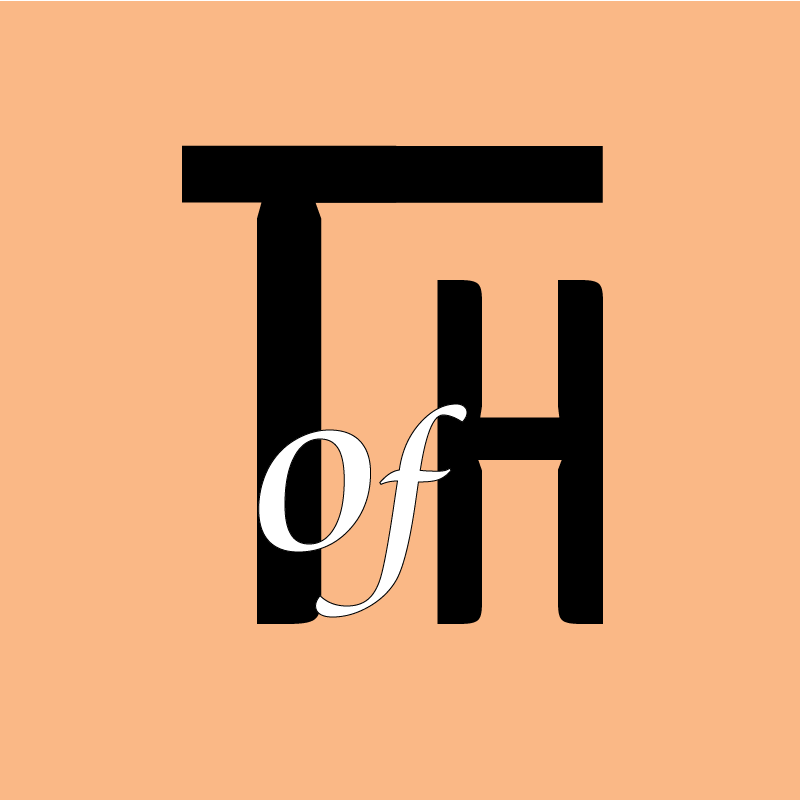
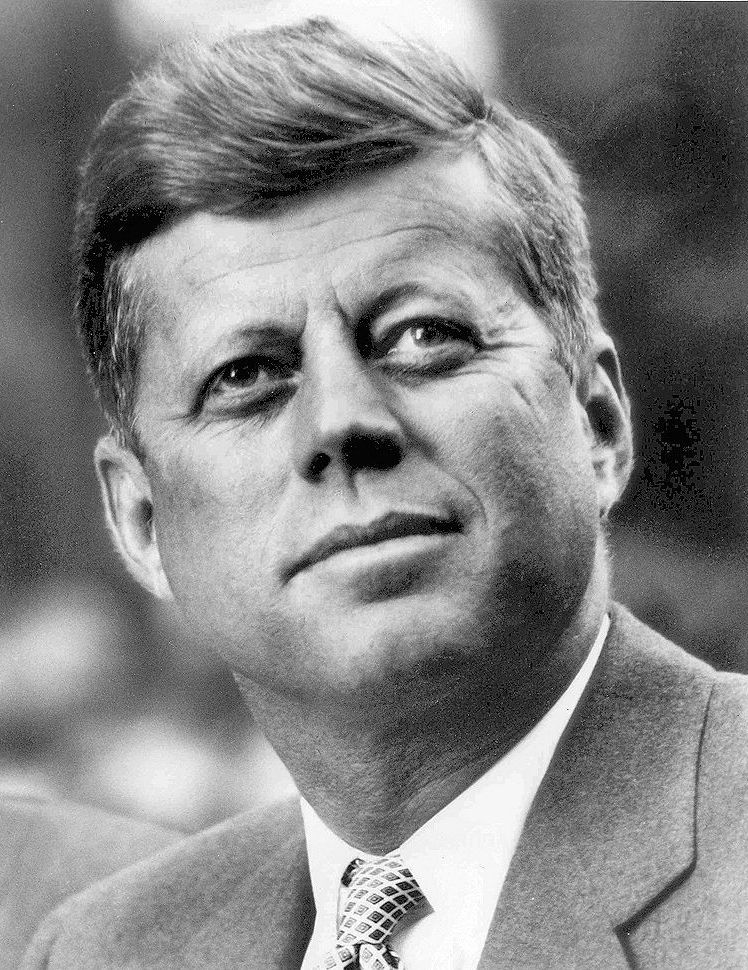
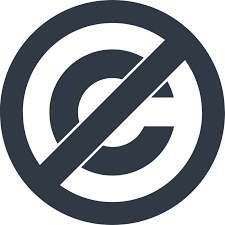
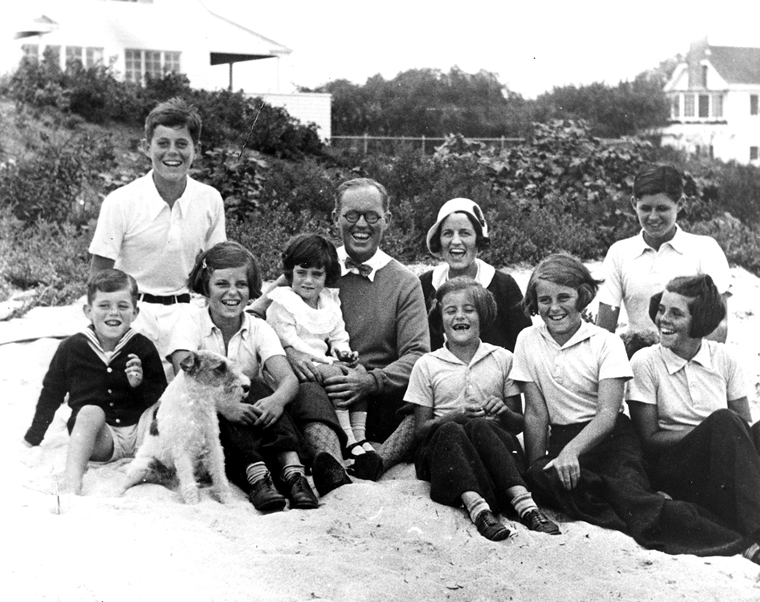
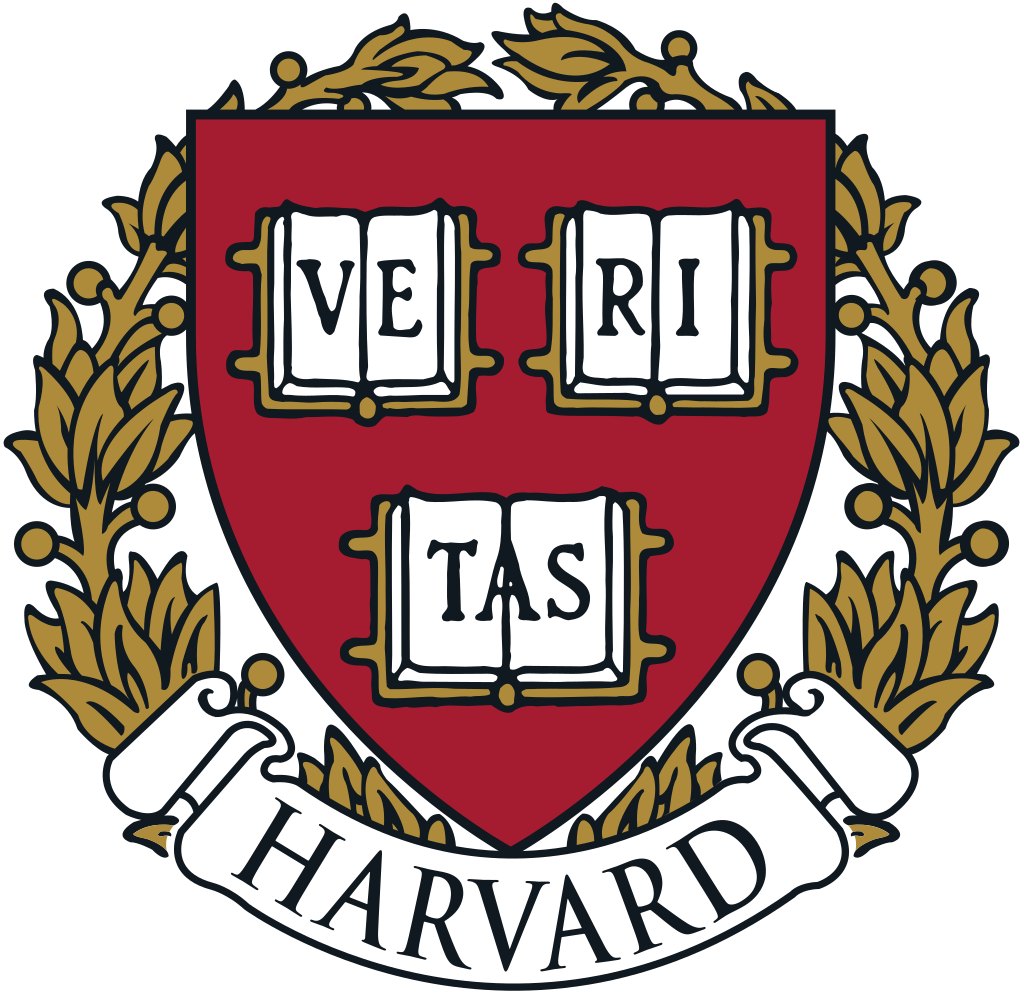
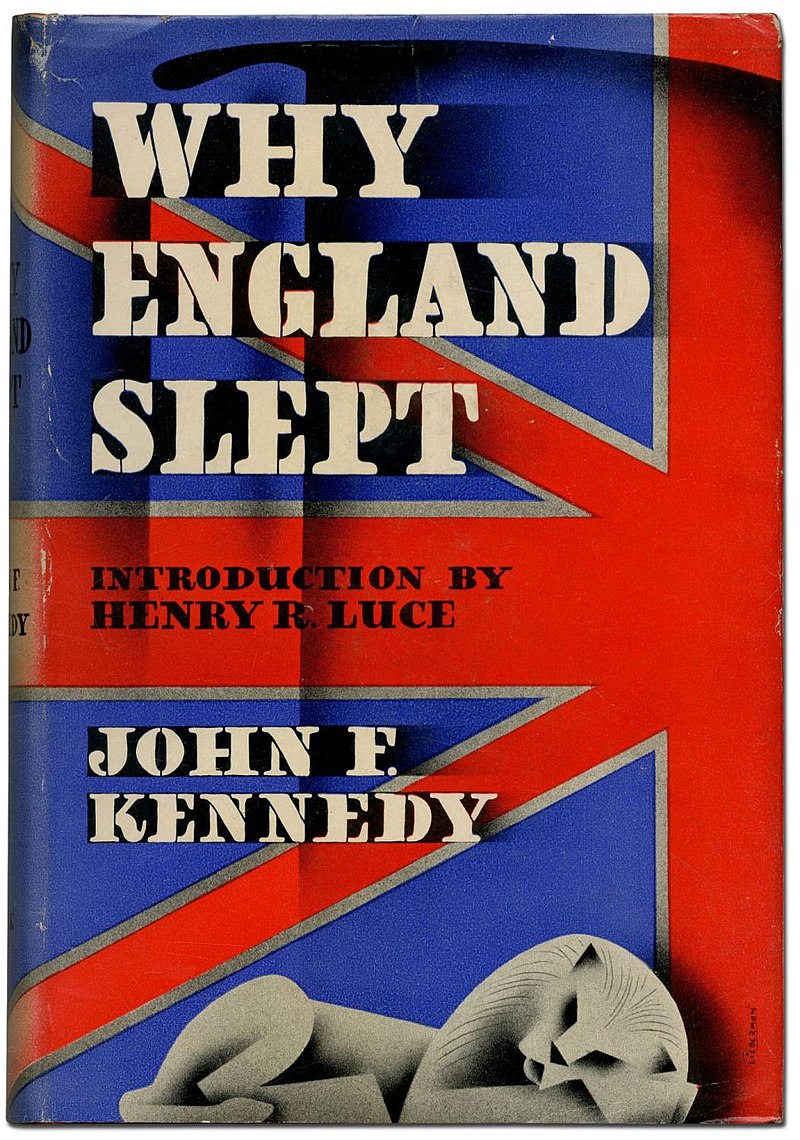
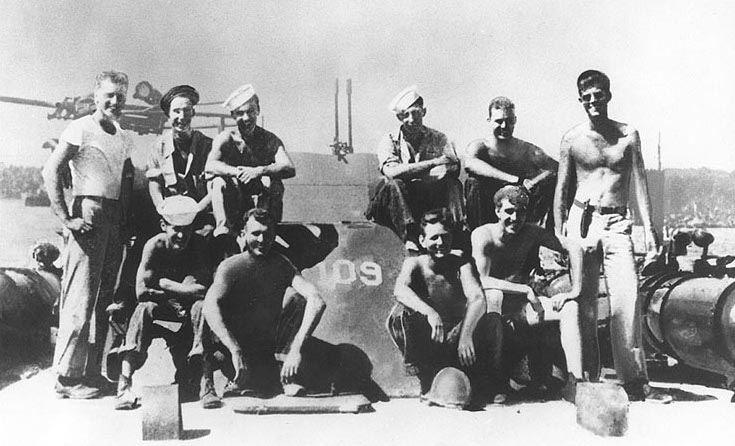
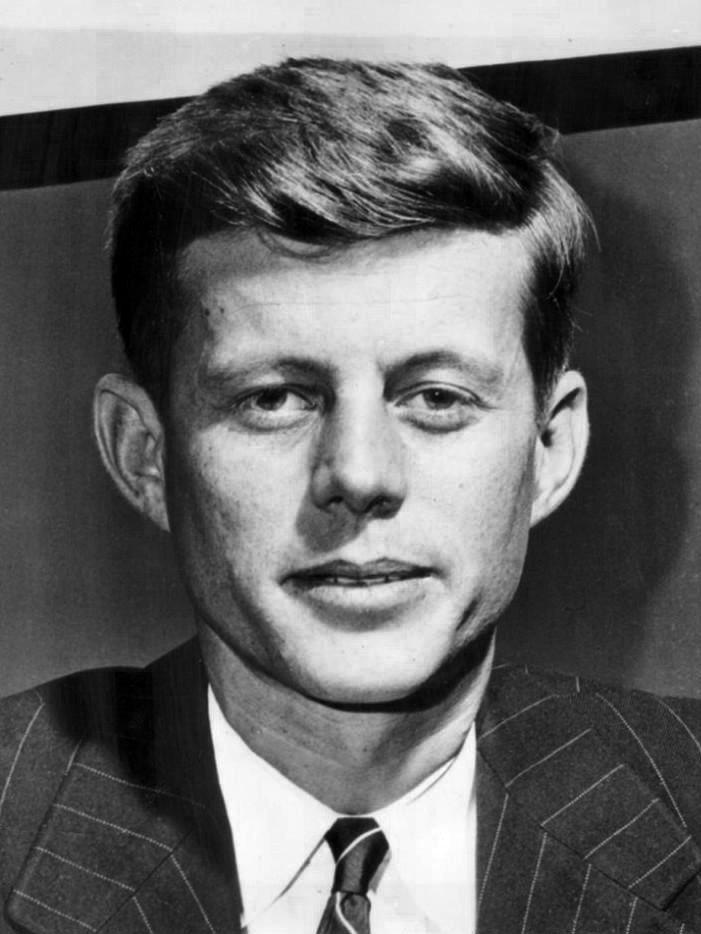
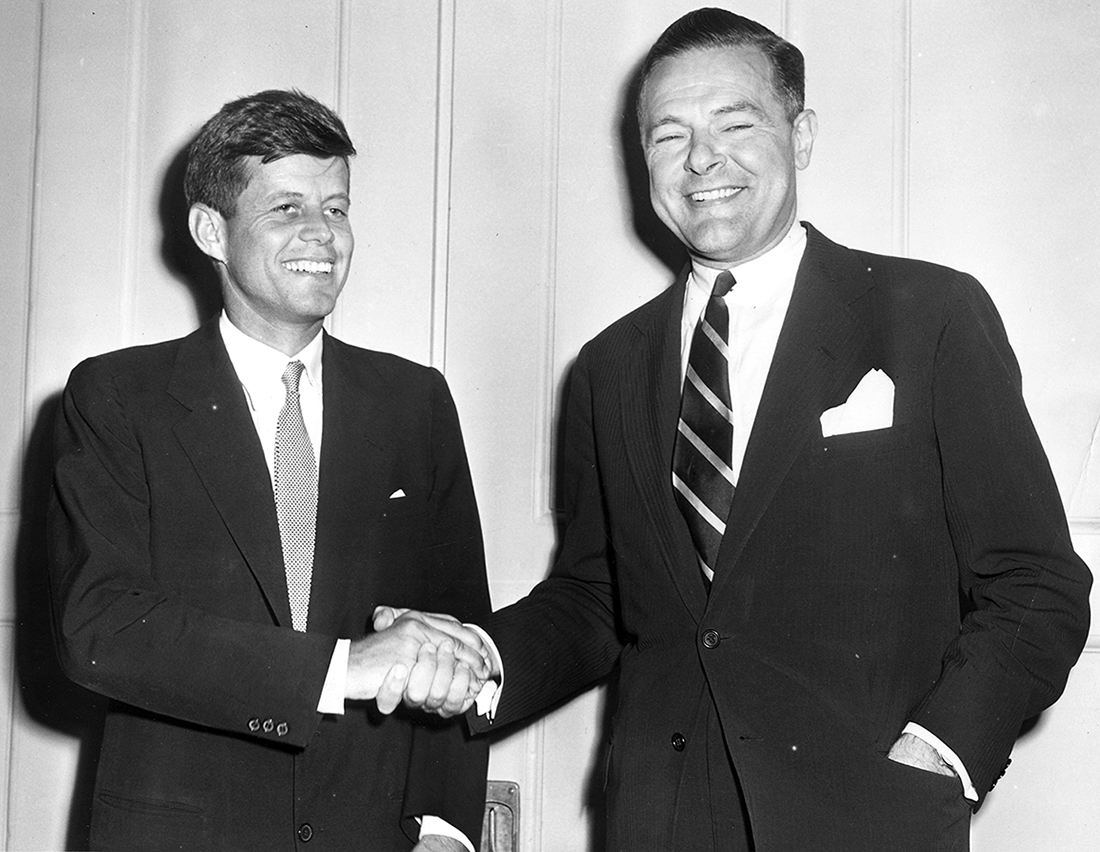

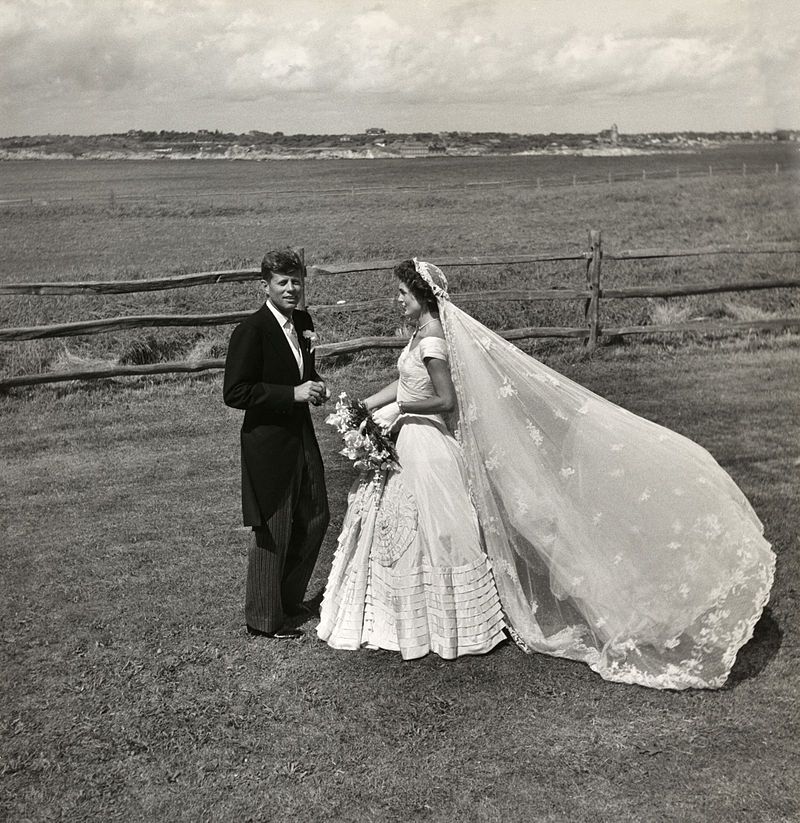
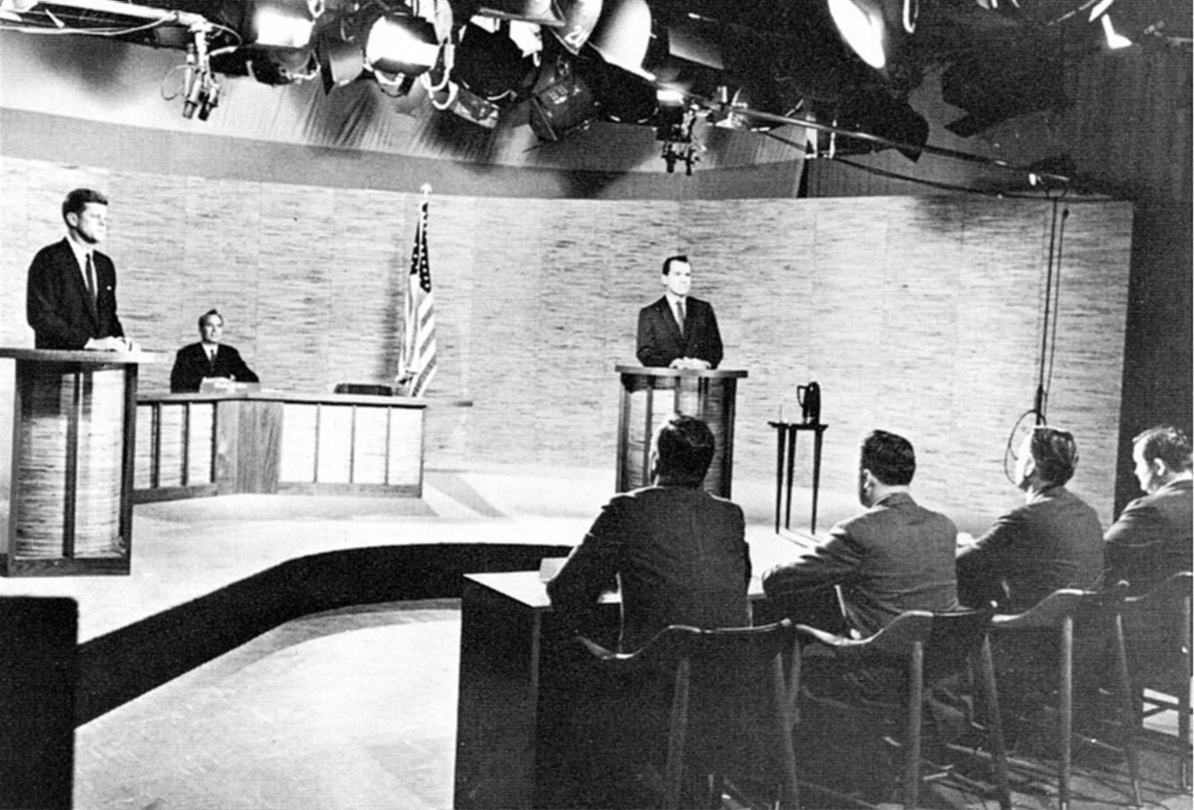
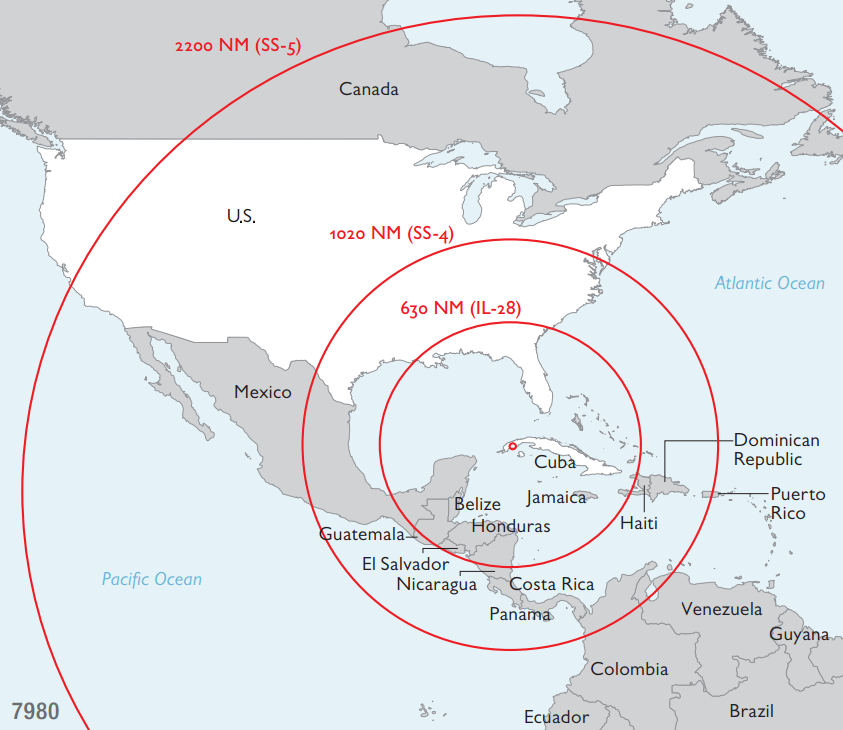
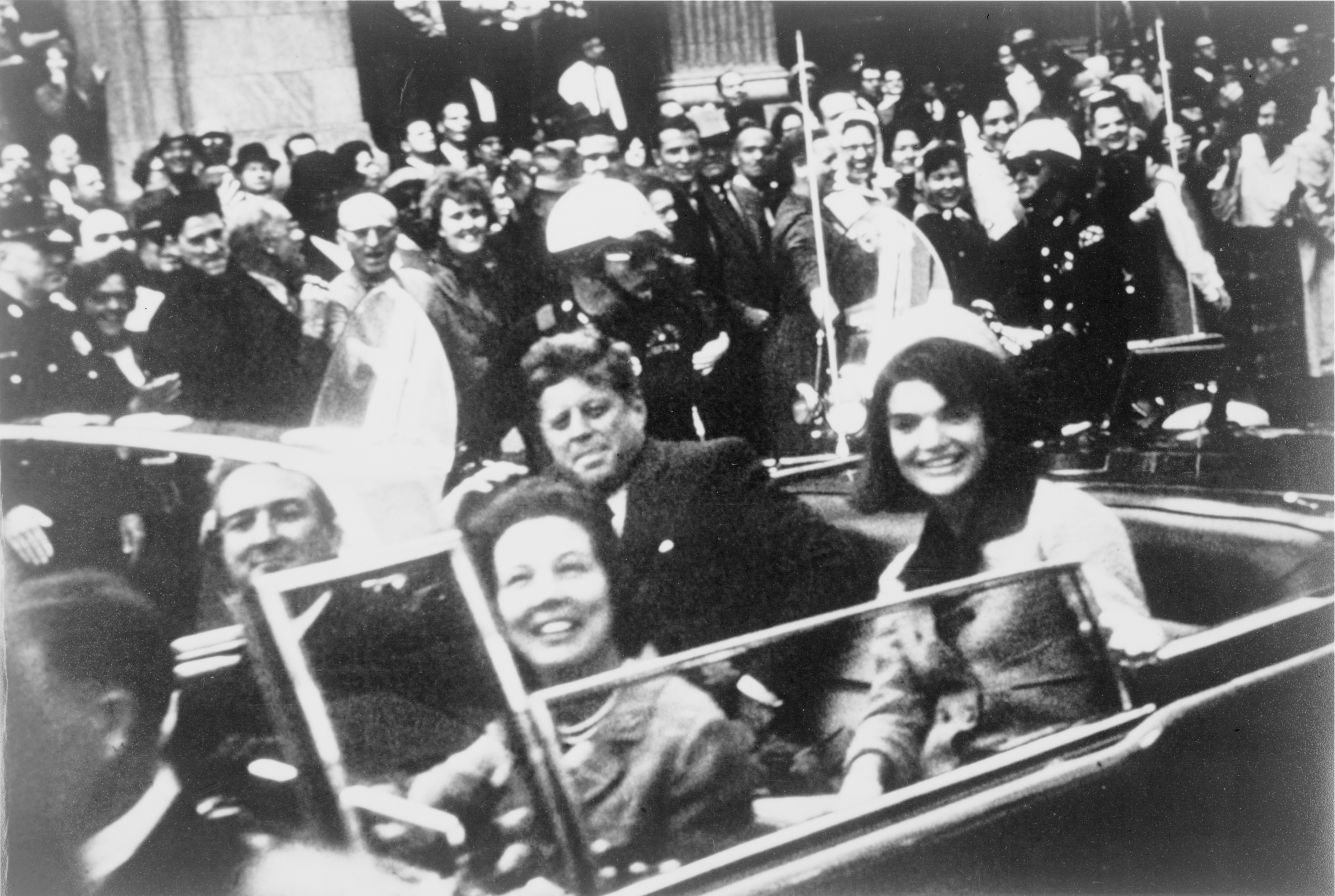

Comments
Links